The National Film Preservation Act of 1988 led to the establishment of the National Film Registry (NFR). The purpose of its creation was simple: to preserve films that were deemed culturally, historically, or aesthetically significant in the reflection of American culture. Although the Library of Congress makes the final selection, film nominations are done by the public. Library of Congress selection takes place in December every year.
These selected films are not chosen because they’re voted the best in their year of release but because they help preserve, promote, and project the American culture to future generations. As a result, several film directors have had several of their films nominated and selected to be included in the National Film Registry. These are film directors with the highest number of films preserved in the National Film Registry.
Editor’s Note: The list is subject to the Library of Congress selection as of December 2022
Steven Spielberg – 7 Films
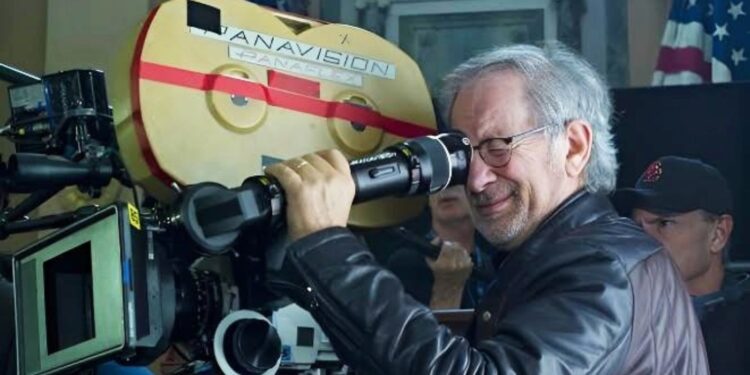
Steven Spielberg is one of this generation’s most popular and successful filmmakers. His movies have collectively grossed over $10 billion at the Box Office. The first Steven Spielberg film that the Library of Congress selected for preservation is his 1982 science fiction film E.T. the Extra-Terrestrial (or E.T.). His 1981 action-adventure film Raiders of the Lost Ark was included in 1999.
Other films include 1975 Jaws (included in 2001), 1993 Schindler’s List (included in 2004), 1977 Close Encounters of the Third Kind (included in 2007), and the 1998 Saving Private Ryan (included in 2014). With several of his films still on the nominated list, Steven Spielberg‘s last selected film for preservation is 1993 Jurassic Park, which was included in 2018. George Stevens and Billy Wilder are two other filmmakers with 7 selected films in the National Film Registry who did not make this list.
Buster Keaton – 7 Films

Buster Keaton was an actor-director nicknamed “The Great Stone Face” for his deadpan comedy delivery. Keaton is recognized as one of the greatest actor-directors in the history of Hollywood. His works were done during the silent film era. Keaton’s 1926 The General was included in the first class of films to be included in the National Film Registry in 1989. Two of his films were included in the 90s – the 1924 Sherlock, Jr. (included in 1991) and 1922 Cops (included in 1997). Other included films are 1928 The Cameraman (included in 2005), 1920 One Week (included in 2008), 1928 Steamboat Bill, Jr. (included in 2016), and 1924 The Navigator (included in 2018).
Frank Capra – 7 Films
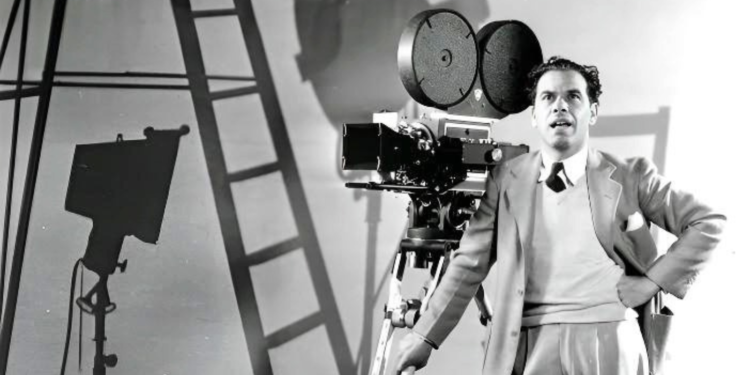
Frank Capra was an Italian-American filmmaker. At his peak in the 30s, Capra was nominated six times for Best Director at the Academy Awards, winning three (1934, 1936, and 1938). Capra’s 1939 Mr. Smith Goes to Washington was also part of the first 25 films selected for preservation in 1989. The next year, his 1946 Christmas supernatural drama It’s a Wonderful Life was added to the registry in 1990. Frank Capra’s other entries in the National Film Registry include the 1934 It Happened One Night (included in 1993), Why We Fight, a series of seven propaganda films (included in 2000), 1928 The Power of the Press (included in 2005), 1926 The Strong Man (included in 2007), and the 1937 Lost Horizon (included in 2016).
Elia Kazan – 8 Films
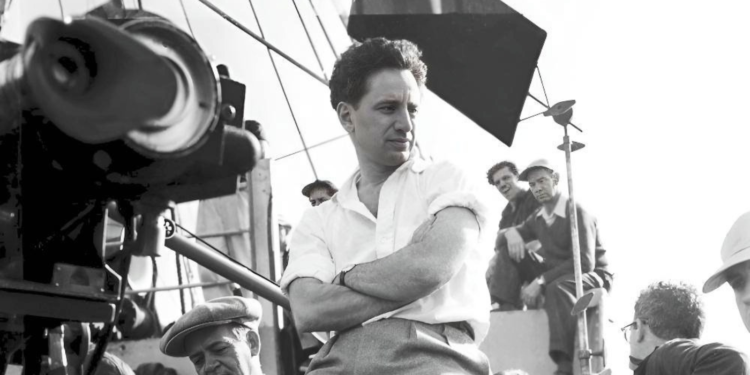
Film and theater director Elia Kazan was one of the most influential and honored filmmakers of his time. He’s the grandfather of actress Zoe Kazan and Maya Kazan. Elia Kazan’s films selected by the Library of Congress are 1954 On the Waterfront (included in the first selection of 1989), 1951 A Streetcar Named Desire (selected in 1999), 1963 America America (selected in 2001), and 1960 Wild River (selected in 2002). Others are the 1957 A Face in the Crowd (selected in 2008), Kazan’s 1945 directorial debut A Tree Grows in Brooklyn (selected in 2010), 1955 East of Eden (selected in 2016), and 1947 Gentleman’s Agreement (selected in 2017).
Leo McCarey – 9 Films
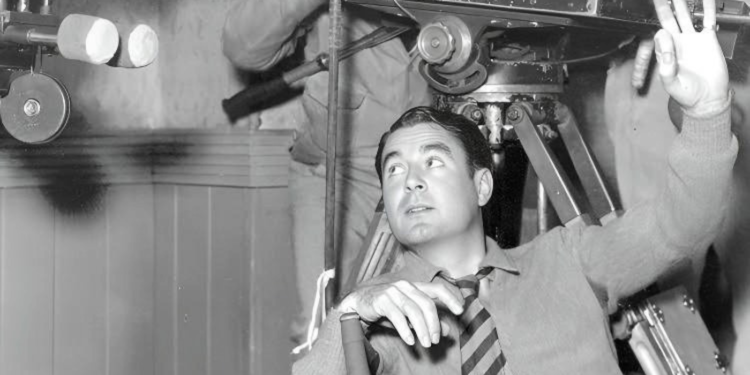
Leo McCarey was one of Hollywood’s prolific filmmakers. His directorial credits include over 100 films. McCarey won two Academy Awards for Best Director in 1938 and 1945. McCarey’s first included film is the 1933 Duck Soup, included in 1990. In the 1929 Big Business film, McCarey is credited as a supervising director. It was included in the registry in 1992. He also takes credit as a supervising director in the 1928 Pass the Gravy movie, which was selected by the Library of Congress in 1998. McCarey’s other films are 1937 The Awful Truth (selected in 1996), 1944 Going My Way (selected in 2004), 1926 Mighty Like a Moose (selected in 2007), 1937 Make Way for Tomorrow (selected in 2010), 1935 Ruggles of Red Gap (selected in 2014), and 1927 The Battle of the Century (selected in 2020).
Alfred Hitchcock – 9 Films
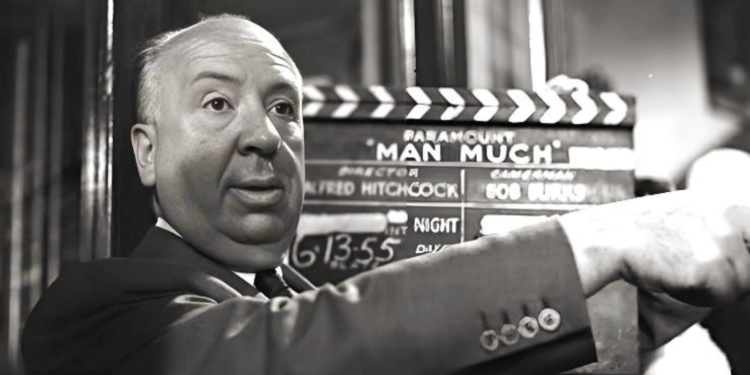
Alfred Hitchcock is one of the most prominent directors of all time. Known as the Master of Suspense, Hitchcock’s films are still relevant, watched, and studied by many in the industry. The English filmmaker has so far had nine of his films selected by the Library of Congress into the National Film Registry. They include 1958 Vertigo, selected in 1989; 1943 Shadow of a Doubt, selected in 1991; 1960 Psycho, selected in 1992; 1959 North by Northwest, selected in 1995; and 1954 Rear Window, selected in 1997. Others are 1947 Notorious, selected in 2006; 1963 The Birds, selected in 2016; 1940 Rebecca, selected in 2018; and the 1951 Strangers on a Train, selected in 2021.
William Wyler – 10 Films
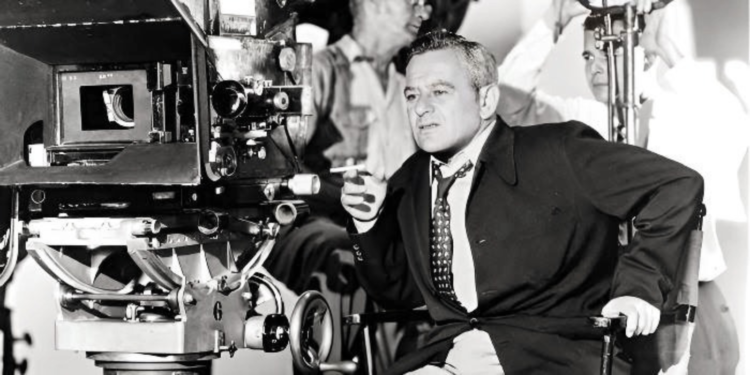
The German-born American filmmaker William Wyler, won Best Director at the Academy Awards three times. He also currently holds the record for having the highest nominations (12) for Best Director. Under his film direction, 14 actors won their Oscars. These are William Wyler’s films preserved in the National Film Registry. Unsurprisingly, Wyler’s 1946 The Best Years of Our Lives was included in the first selection in 1989. His 1936 Dodsworth was selected in 1999, 1949 The Heiress in 1996, 1953 Roman Holiday in 1999, and 1944 Memphis Belle in 2001. Others include 1959 Ben-Hur, selected in 2004; 1939 Wuthering Heights, selected in 2009; and the 1938 Jezebel and 1942 Mrs. Miniver, selected in 2009. His last selected film is his 1968 Funny Girl, selected in 2016.
Howard Hawks – 10 Films
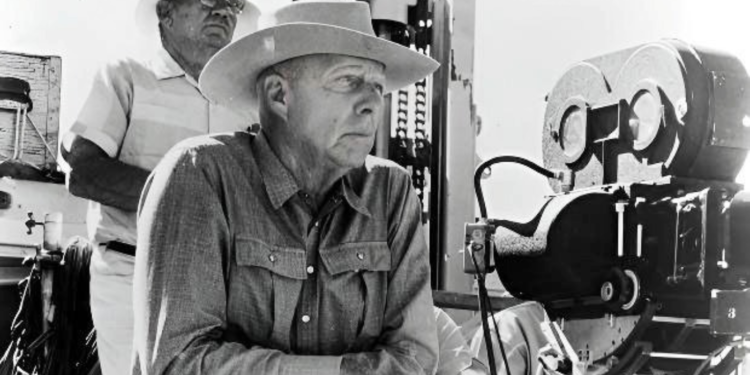
The American filmmaker was one of the industry’s best directors of the classic Hollywood era. He was among the most versatile directors, with credits across several film genres. These are his 10 films selected into the National Film Registry. His 1938 Bringing Up Baby and 1948 Red River were part of the selections for 1990. Hawks’ 1940 His Girl Friday was selected in 1993, 1932 Scarface was selected in 1994, 1946 The Big Sleep was selected in 1997, and 1941 Sergeant York was selected in 2008. Others are the 1934 Twentieth Century in 2011, 1959 Rio Bravo in 2014, 1941 Ball of Fire in 2016, and 1939 Only Angels Have Wings in 2017.
John Ford – 11 Films
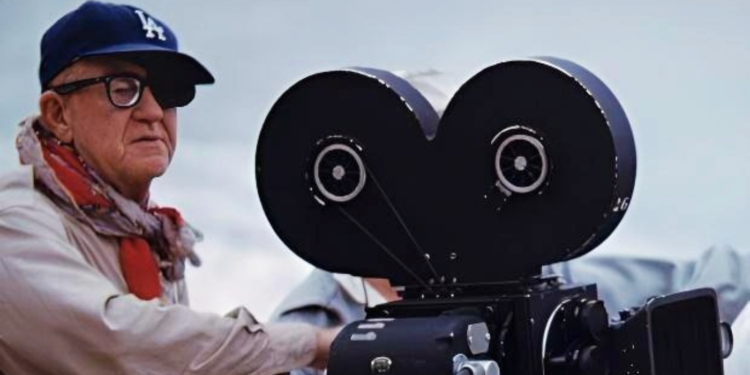
John Ford holds the Academy Awards record for the most Best Director wins with four. Unarguably, he is one of the greatest directors of all time. With his dedication to promoting the American spirit and culture in his films, it’s no surprise he currently holds the highest number of films selected by the Library of Congress in the National Film Registry. Ford’s selected films include the 1940 The Grapes of Wrath and the 1956 The Searchers, which were part of the first selections into the National Film Registry in 1989. Also included are the 1941 How Green Was My Valley, selected in 1990; the 1946 My Darling Clementine, selected in 1991; the 1939 Stagecoach, selected in 1995; and the 1962 How the West Was Won (John Ford directed one of five segments) was selected in 1997. Others are Young Mr. Lincoln (1939), selected in 2003; The Man Who Shot Liberty Valance (1962), selected in 2007; The Iron Horse (1924), selected in 2011; The Quiet Man (1952), selected in 2013; and The Informer (1935) which was selected in 2018.
 Follow Us
Follow Us





